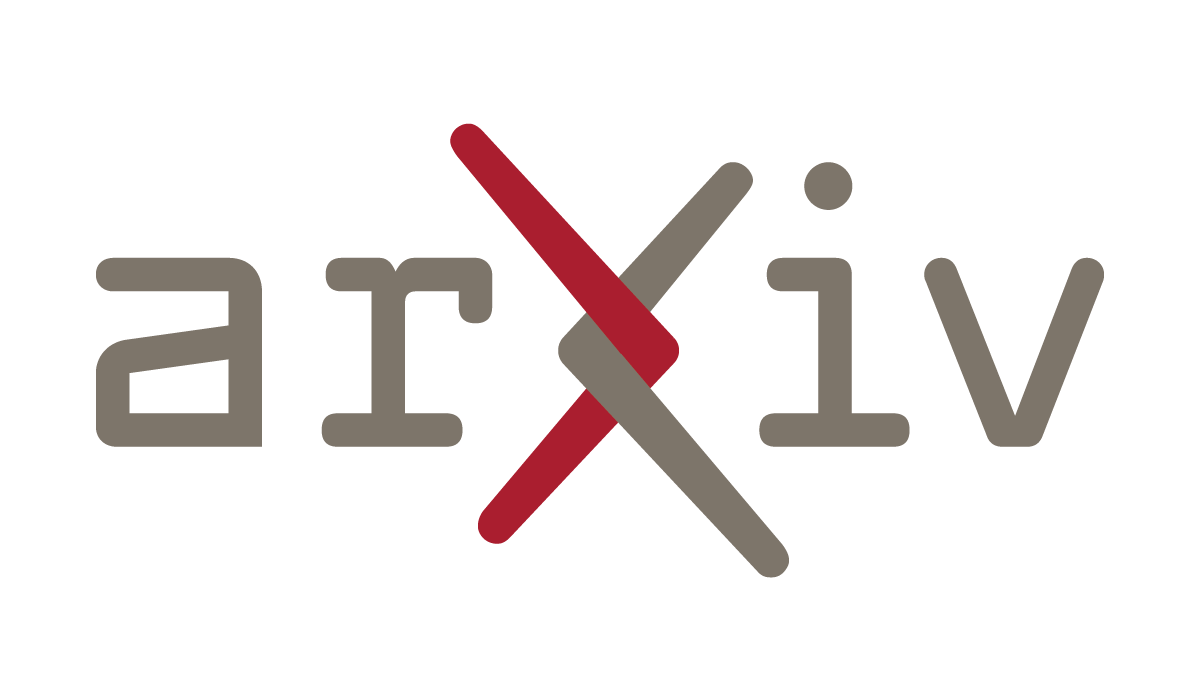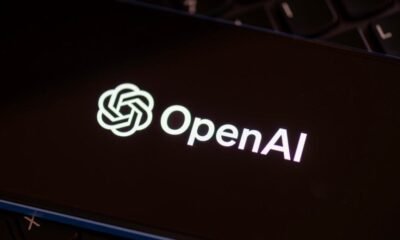AI Research
AI ‘Revolution Is Here’—287 S&P 500 Firms Cite Artificial Intelligence On Earnings Calls In Q2 – NVIDIA (NASDAQ:NVDA)

The artificial intelligence revolution is undeniable, with AI mentions in S&P 500 earnings calls skyrocketing to an all-time high of 287 in the second quarter of 2025.
Check out the AI-linked ETF IYM’s price over here.
AI Citation In Earnings Calls Quadruples In 3 Years
This figure, highlighted in a recent post by The Kobeissi Letter, represents a quadrupling of AI citations over the last three years and surpasses the previous record of 247 set in the fourth quarter of 2024.
The data underscores AI’s rapid shift from an emerging concept to a central theme in corporate strategy, with the 10-year average being just 79 mentions.
Information technology led the charge, accounting for 65 AI mentions in the second quarter, representing a staggering 98% of total calls within the sector. This surge signals a decisive move towards widespread enterprise adoption and investment in AI capabilities across various industries.
The Bear Case For AI
The unprecedented corporate focus on AI has ignited a fierce debate among analysts regarding investment opportunities and potential risks.
Lead Technology Analyst Beth Kindig of I/O Fund, while acknowledging AI’s transformative power, has cautioned that a bubble is forming specifically within the AI software sector.
Kindig argues that much of AI software remains in the “R&D stage,” advocating for investment in “picks and shovels” hardware companies like Nvidia Corp. NVDA, which are already profiting from the massive infrastructure build-out.
The Bull Case For AI
Conversely, Dan Ives of Wedbush Research views the current landscape as a “1995 moment,” akin to the dawn of the internet. Ives’ “AI Revolution” report asserts that AI is the “Fourth Industrial Revolution,” predicting over $1 trillion in AI-related spending in the next decade.
He emphasizes a broad investment strategy across the entire AI ecosystem—from semiconductors and hyperscalers to software, consumer internet, and cybersecurity—to capture this generational shift. While acknowledging potential volatility, Ives sees these as “speed bumps” in a long-term, upward trend.
The diverging views from Kindig and Ives illustrate the complex investment climate, even as corporate America emphatically signals its embrace of artificial intelligence.
Price Action
Here’s a list of AI-linked exchange-traded funds that investors can consider.
| ETF Name | YTD Performnace | One Year Performance |
| iShares US Technology ETF IYW | 15.46% | 32.14% |
| Fidelity MSCI Information Technology Index ETF FTEC | 13.34% | 30.58% |
| First Trust Dow Jones Internet Index Fund FDN | 15.71% | 44.63% |
| iShares Expanded Tech Sector ETF IGM | 17.59% | 36.82% |
| iShares Global Tech ETF IXN | 14.13% | 26.43% |
| Defiance Quantum ETF QTUM | 16.88% | 66.13% |
| Roundhill Magnificent Seven ETF MAGS | 13.13% | 43.09% |
The SPDR S&P 500 ETF Trust SPY and Invesco QQQ Trust ETF QQQ, which track the S&P 500 index and Nasdaq 100 index, respectively, rose on Monday. The SPY was up 0.25% at $648.83, while the QQQ advanced 0.49% to $578.87, according to Benzinga Pro data.
On Tuesday, the futures of the S&P 500, Dow Jones, and Nasdaq 100 indices were trading higher.
Read Next:
Disclaimer: This content was partially produced with the help of AI tools and was reviewed and published by Benzinga editors.
AI Research
Artificial Intelligence Cheating | Nation

We recognize you are attempting to access this website from a country belonging to the European Economic Area (EEA) including the EU which
enforces the General Data Protection Regulation (GDPR) and therefore access cannot be granted at this time.
For any issues, call 435-752-2121.
AI Research
A Unified Model for Robot Interaction, Reasoning and Planning

View a PDF of the paper titled Robix: A Unified Model for Robot Interaction, Reasoning and Planning, by Huang Fang and 8 other authors
Abstract:We introduce Robix, a unified model that integrates robot reasoning, task planning, and natural language interaction within a single vision-language architecture. Acting as the high-level cognitive layer in a hierarchical robot system, Robix dynamically generates atomic commands for the low-level controller and verbal responses for human interaction, enabling robots to follow complex instructions, plan long-horizon tasks, and interact naturally with human within an end-to-end framework. Robix further introduces novel capabilities such as proactive dialogue, real-time interruption handling, and context-aware commonsense reasoning during task execution. At its core, Robix leverages chain-of-thought reasoning and adopts a three-stage training strategy: (1) continued pretraining to enhance foundational embodied reasoning abilities including 3D spatial understanding, visual grounding, and task-centric reasoning; (2) supervised finetuning to model human-robot interaction and task planning as a unified reasoning-action sequence; and (3) reinforcement learning to improve reasoning-action consistency and long-horizon task coherence. Extensive experiments demonstrate that Robix outperforms both open-source and commercial baselines (e.g., GPT-4o and Gemini 2.5 Pro) in interactive task execution, demonstrating strong generalization across diverse instruction types (e.g., open-ended, multi-stage, constrained, invalid, and interrupted) and various user-involved tasks such as table bussing, grocery shopping, and dietary filtering.
Submission history
From: Wei Li [view email]
[v1]
Mon, 1 Sep 2025 03:53:47 UTC (29,592 KB)
[v2]
Thu, 11 Sep 2025 12:40:54 UTC (29,592 KB)
AI Research
[2404.02353] Semantic Augmentation in Images using Language

View a PDF of the paper titled Semantic Augmentation in Images using Language, by Sahiti Yerramilli and 4 other authors
Abstract:Deep Learning models are incredibly data-hungry and require very large labeled datasets for supervised learning. As a consequence, these models often suffer from overfitting, limiting their ability to generalize to real-world examples. Recent advancements in diffusion models have enabled the generation of photorealistic images based on textual inputs. Leveraging the substantial datasets used to train these diffusion models, we propose a technique to utilize generated images to augment existing datasets. This paper explores various strategies for effective data augmentation to improve the out-of-domain generalization capabilities of deep learning models.
Submission history
From: Jayant Sravan Tamarapalli [view email]
[v1]
Tue, 2 Apr 2024 22:54:24 UTC (676 KB)
[v2]
Wed, 9 Jul 2025 05:00:43 UTC (676 KB)
[v3]
Wed, 10 Sep 2025 21:14:00 UTC (676 KB)
-

 Business2 weeks ago
Business2 weeks agoThe Guardian view on Trump and the Fed: independence is no substitute for accountability | Editorial
-
Tools & Platforms1 month ago
Building Trust in Military AI Starts with Opening the Black Box – War on the Rocks
-

 Ethics & Policy2 months ago
Ethics & Policy2 months agoSDAIA Supports Saudi Arabia’s Leadership in Shaping Global AI Ethics, Policy, and Research – وكالة الأنباء السعودية
-

 Events & Conferences4 months ago
Events & Conferences4 months agoJourney to 1000 models: Scaling Instagram’s recommendation system
-

 Jobs & Careers2 months ago
Jobs & Careers2 months agoMumbai-based Perplexity Alternative Has 60k+ Users Without Funding
-

 Podcasts & Talks2 months ago
Podcasts & Talks2 months agoHappy 4th of July! 🎆 Made with Veo 3 in Gemini
-

 Education2 months ago
Education2 months agoMacron says UK and France have duty to tackle illegal migration ‘with humanity, solidarity and firmness’ – UK politics live | Politics
-

 Education2 months ago
Education2 months agoVEX Robotics launches AI-powered classroom robotics system
-

 Funding & Business2 months ago
Funding & Business2 months agoKayak and Expedia race to build AI travel agents that turn social posts into itineraries
-

 Podcasts & Talks2 months ago
Podcasts & Talks2 months agoOpenAI 🤝 @teamganassi





















